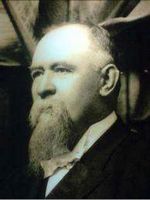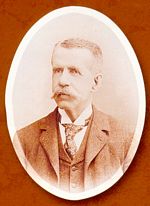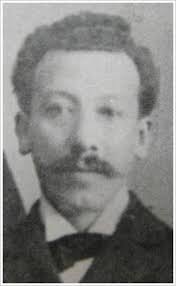Signatories of the Banco del Estado de México
The notes carry the signatures of Juan Henkel as Director Gerente and, on later notes, Teodoro Garduño as Cajero. They were also signed by a Consejero and the Interventor.
Director Gerente
|
Henkel was manager of the Banco de Zacatecas from [ ] to August 1896. Henkel signed notes dated from 1897 to 1905. He also signed all the issued $500 and $1,000 notes even though some were not put into circulation until 1912. |
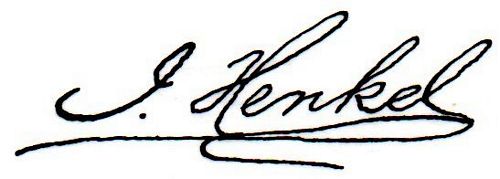 |
Cajero
|
Teodoro Garduño was appointed Cajero on 1 May 1898. He signed notes dated from 1907 to 1912. |
 |
Interventor
|
Alberto P. Martín He signed notes dated 1897 to 1899. |
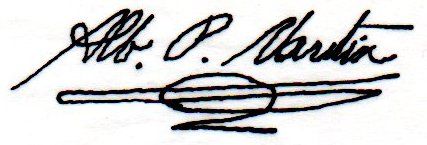 |
|
José Ignacio Icaza was appointed interventor in early August 1899CEHM, Fondo CDLIV Colección José Y. Limantour, 1a. 1883, carpeta 27, legajo 7156 letter Icaza to Limantour, 5 August 1899. He signed notes dated from 1899 to 1905. |
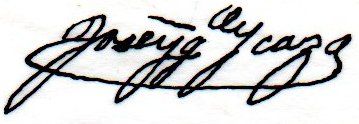 |
|
Manuel Lara Missotten took over from Icaza on 6 September 1906 and served until June 1909 when he was appointed interventor for the Banco Internacional é Hipotecario in Mexico CityEl Contemporáneo, Tomo XIX, Núm. 3,183, 17 June 1909. He signed notes dated from 1907 to 2 April 1909. |
 |
|
Francisco Espinosa y Rondero He signed notes dated from 5 November 1909 to 1911. |
 |
|
C. Sánchez Navarro He signed notes dated 1912. |
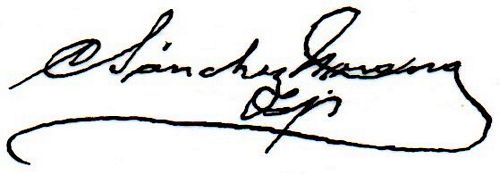 |
|
J. Castillolater balance sheets have W. Castillo Castillo took over from R. Lebrija to sign his first balance sheet for December 1913. |
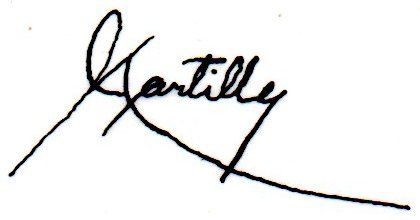 |
Consejero
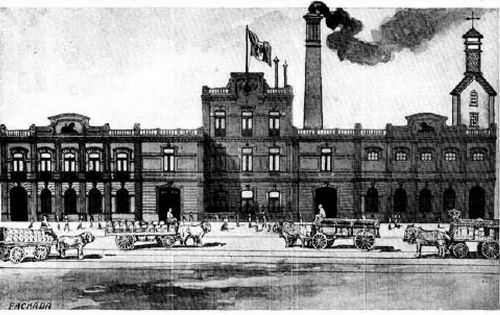
The Toluca brewery in 1896
|
In 1875 Graf acquired a brewery that had been started in 1862 (or 1865) by another Swiss, Agustín Marendaz, and brought machinery and equipment from Germany. He was the first successful brewer of lager beer in Mexico and pioneered the "Graf" style of Vienna lager, one of the two styles of Vienna lager today and still popular in Mexico and the southwest United States. In 1890 he formed the Compañía Cervecera Toluca y México, S. A. with a controlling interest in the company. By 1910 the brewery had branches in Mexico City, San Luis Potosí and Aguascalientes, as well as a glass factory producing 800,000 bottles a month and a cork stopper factory. It alone had 2,000 employees. Graf was regidor of Toluca in 1883 and regidor segundo in 1887 and later made various philanthropic contributions to the city. He was naturalised in 1889La Patria, Año XIII, Núm. 3,807,16 October 1889. He was related through marriage to Emilio Léycegui, with whom he collaborated in various businesses such as the Café-Restaurante del Bosque de Chapultepec, and his daughter, Teresa, married Vicente Villada Cardoso, the son of the governor José Vicente Villada. He died in Coatepec, Veracruz, on 31 August 1904El Imparcial, Tomo XVII, Núm. 2,904, 1 September 1904; El Tiempo, 8 September 1904 and was buried in Toluca. Graf signed notes dated from 1897 to 1903. |
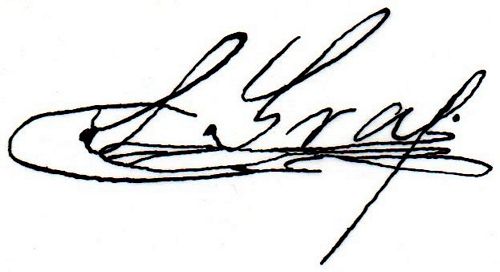 |
|
He signed notes dated from 1898 to 1905 and then some $1,000 notes dated 1 July 1911. |
 |
|
Ramiro de Trueba(?)[identification needed] He signed notes dated 1898. |
  |
|
Cipriano Rodríguez Rodríguez signed notes dated from 1898 to 1901. |
 |
|
He was several times a member of state congressEl Siglo Diez y Nueve, Tomo 52, Núm 9,554, 6 March 1871. He signed notes dated from 1898 to 1901. He died in Mexico City on 21 January 1902The Mexican Herald, Vo. XIII, No. 145, 23 January 1902. |
 |
|
[identification needed] He signed notes dated 1898. |
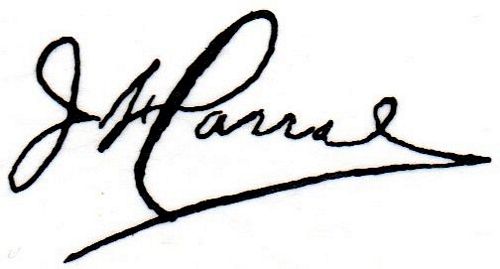 |
|
He died on 10 June 1922. He signed notes dated 1900 to 1912. |
 |
| Juan Hatfield signed notes dated 1901. | |
|
R. H. [identification needed] He signed $20 notes dated 1901. |
 |
|
The Pliego were a powerful local family with interests in agriculture, textiles and imports. Antonio Pliego Pérez, a founding shareholder, was born in 1854, the son of large landholders. As well as being contador of the bank he founded the Latina Americana Insurance Company. He was a federal deputy from Tepic from 1886 to 1904 and from Zacatecas from 1904 to 1912. |
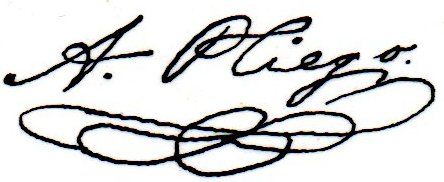 |
| José Sainz |  |
| R. J. Dwyer | |
| [identification needed] |  |
| [identification needed] |  |
| [identification needed] |  |
| [identification needed] |  |
| Antonio Aubert |  |

